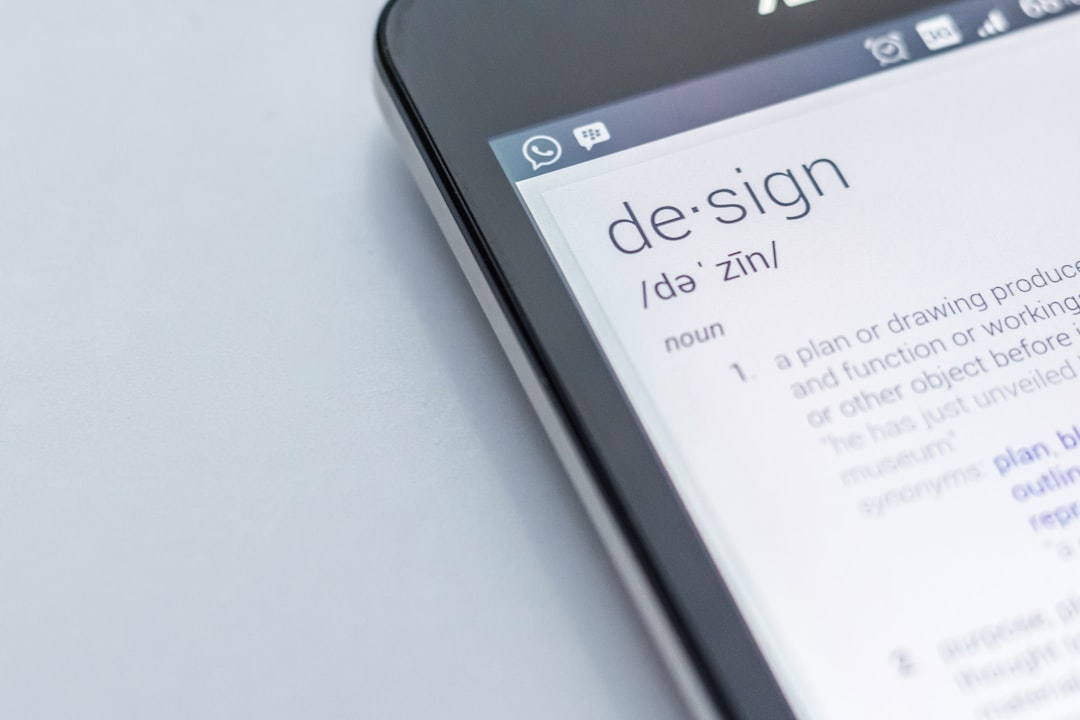The Role of Gamification in Instructional Design
Gamification is a powerful tool in the field of instructional design, offering a unique way to engage learners and enhance the learning experience. By incorporating game elements into educational content, instructional designers can create more interactive and immersive learning environments.
One of the key benefits of gamification in instructional design is its ability to increase motivation and engagement. When learners are presented with content in the form of a game, they are more likely to be actively involved and motivated to complete tasks and challenges.
Gamification also provides immediate feedback to learners, allowing them to track their progress and receive rewards for their achievements. This can create a sense of accomplishment and encourage continued participation.
Furthermore, gamification can be used to promote collaboration and social interaction among learners. By incorporating multiplayer or team-based elements, instructional designers can foster a sense of community and encourage peer-to-peer learning.
Incorporating gamification into instructional design can also help improve retention and knowledge transfer. By presenting information in a more interactive and memorable way, learners are more likely to retain and apply what they have learned.
Another advantage of gamification is its ability to cater to different learning styles. Through the use of multimedia, interactive challenges, and branching scenarios, instructional designers can create a more personalized learning experience that accommodates various learning preferences.
It's important to note that the success of gamification in instructional design depends on thoughtful and strategic implementation. Designers must carefully align game elements with learning objectives and ensure that the gamified content enhances, rather than distracts from, the learning process.
In conclusion, gamification has the potential to revolutionize instructional design by making learning more engaging, interactive, and effective. As technology continues to evolve, the role of gamification in education and training will likely become even more prominent, offering new opportunities for innovative and impactful learning experiences.
```


